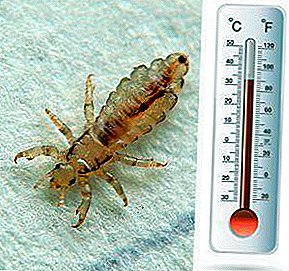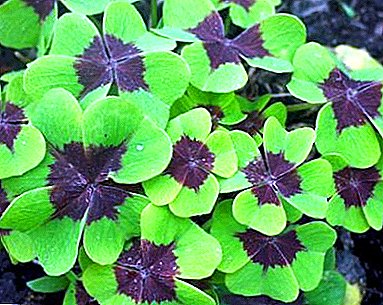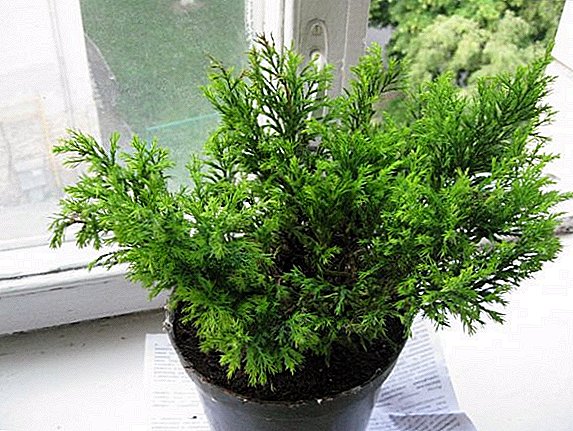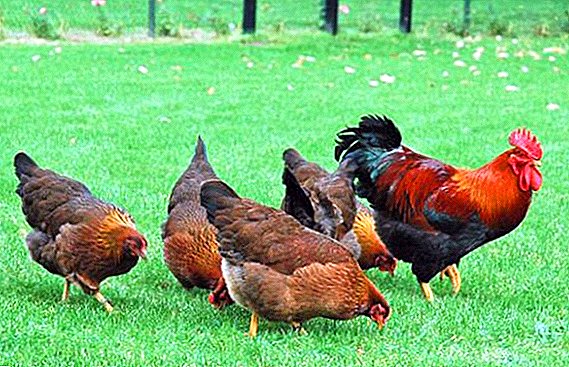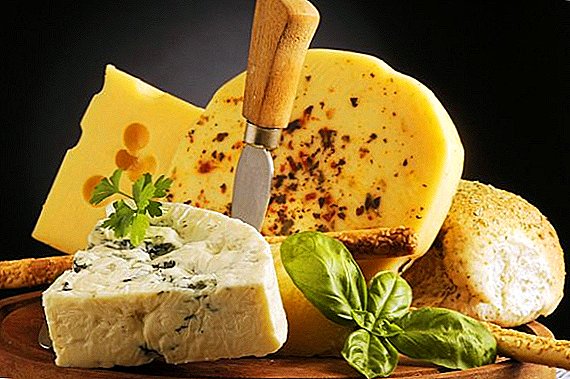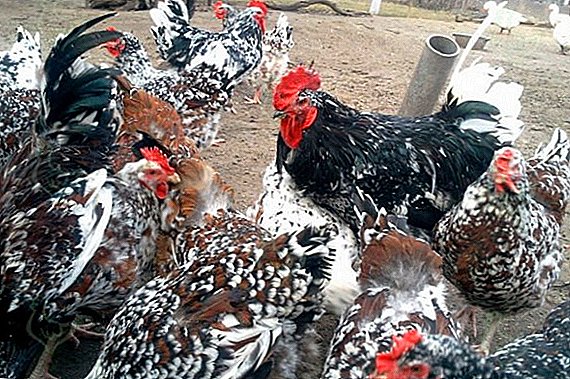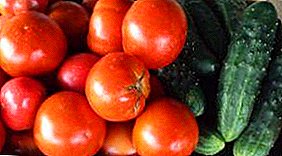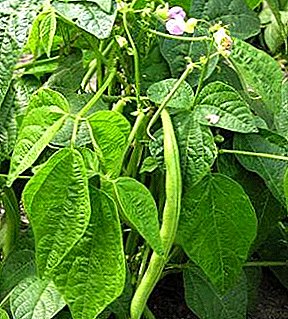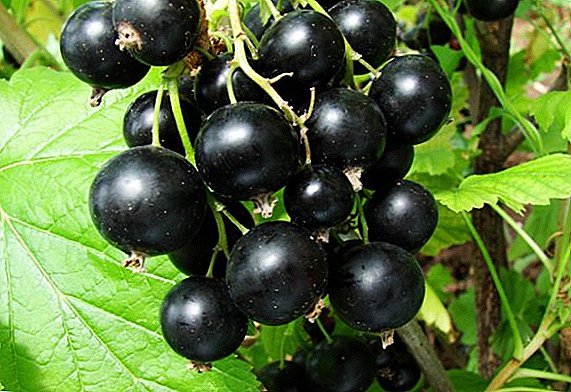 Currants can be found in almost every garden, as it is a very popular berry. That black currant is the most popular among all the others (red and golden). Black currant is rich in vitamins and exceeds strawberries by 5 times in their concentration, citrus fruits by 8 times, apples and pears by 10 times, and grapes by almost 100 times.
Currants can be found in almost every garden, as it is a very popular berry. That black currant is the most popular among all the others (red and golden). Black currant is rich in vitamins and exceeds strawberries by 5 times in their concentration, citrus fruits by 8 times, apples and pears by 10 times, and grapes by almost 100 times.
The high content of vitamin C in black currants makes it one of the most useful berries. Besides, black currant berries retain vitamin C even when processed. You can freeze them, squeeze juice out of them, make jam, grind with sugar, etc.
 Thus, black currant has become one of the most sought-after berries and is popular. But in order to properly plant currant bushes on your plot and wait for the berries, to increase the yield of black currants from the bush, you should know the rules of planting and caring for it.
Thus, black currant has become one of the most sought-after berries and is popular. But in order to properly plant currant bushes on your plot and wait for the berries, to increase the yield of black currants from the bush, you should know the rules of planting and caring for it.
Did you know? In our country, black currants began to grow in the XI century as an ornamental plant. At the end of the seventeenth century, they paid attention to the medicinal features of the berries, and began to use currant branches for tea.
The best varieties of black currants
In order to choose the best variety of black currant, you should consider its features:
- terms of ripening berries;
- resistance to diseases and pests;
- how it endures frosts and droughts.
It is best to choose currants, focusing on the region in which you live. The most popular varieties of currants:
- Pearl - Early black currant. Bushes are average, have large leaves. The berries are large and sweet. Resistant to frost and drought, pests and diseases. Unpretentious care.
- Sophia - Early currant. The berries are large, oval-shaped, the skin is dense and shiny. Do not crumble after ripening. In the middle of the berry is green, the taste is sweet and sour. Resistant to droughts, pests and diseases.
- Jubilee Copan - mid-season grade of blackcurrant. Bushes average, sprawling. The berries are round and ripen at the same time. The taste is sweet and sour, long stored. The bush is resistant to cold and drought. One of the most popular varieties among summer residents.
- Pygmy - mid-season variety of dessert black currant. The berries are large and sweet. It differs in that it is very whimsical and requires additional care. Resistant to diseases and temperature changes.
- Beauty of Lviv - late black currant. Bushes average, shoots thick and straight. The berries are small, shiny with a pleasant sweet-sour taste. Very tasty fresh.
- Vigorous - late ripe grade. The fruits are large and fleshy. The variety requires extra care and fertilizer. Normally tolerates climate change.
- Lazy person - average ripening period. It looks dark brown berries, large. Productivity is low, but it can be increased with the help of pollination.
- Mermaid - an early grade of currant. Berries with a thin skin, sweet. The variety is resistant to cold, disease and pests. Berries are different in that they can be stored for a long time.
- Dar Smolyaninova - early variety. Bushes are average, dense. The leaves are large, wrinkled. Berries reach 2.8-5 g. Resistant to diseases (kidney mite, powdery mildew, etc.). The yield of such a black currant with a bush is 2 kg and more.

Total black currant there are more than 15 varieties. Each has its own characteristics.
Important! When choosing, it is necessary to take into account the ripening terms, taste, skin thickness, resistance and susceptibility to climate change, diseases and pests.
Planting black currant
 Black currant gives a harvest of 12-15 years. She has the richest harvests for 6 or 7 years.
Black currant gives a harvest of 12-15 years. She has the richest harvests for 6 or 7 years.
It is best to plant several varieties of currants for mutual pollination. Thus, you will receive large fruits and high yields.
Optimum timing and choice of place for planting seedlings
Black currant can be planted from spring to autumn. But it is best to land in late September-October. Thus, the seedlings better strengthened, and in the spring will go to growth. In the spring it is better to plant before the awakening and movement of the juice.
How to choose a sapling
When choosing a seedling, pay attention to the horse system: it must have skeletal and fibrous roots. Roots must be wet and processed. Shoots are light gray and flexible. In a healthy shoot bud normal size. If they are swollen, this is a sign of a kidney tick.
It is best to buy seedlings in the fall. They will better adapt to new conditions and will normally take root. After purchasing the seedlings, wrap their roots in a damp cloth so that they do not get hurt and dry during transportation.
How to prepare the soil before planting
 The soil should be slightly acidic, neutral (pH 5.0-5.5), fertile. Black currant bushes really like loam. Planted on the south-west or south side. The site should be well lit and protected from the wind.
The soil should be slightly acidic, neutral (pH 5.0-5.5), fertile. Black currant bushes really like loam. Planted on the south-west or south side. The site should be well lit and protected from the wind.
If you plant a currant in the spring, prepare the soil in the fall. Add humus, wood ash (1 l), superforce (100 g) per square meter. Planting of black currant is as follows:
- prepare a plot from autumn / spring;
- dig up the soil and fertilize 1-10 7-10 kg of humus;
- prepare the pit for landing in 2-3 weeks. Add in them soil, superphosphate (2 tablespoons), a handful of ash, 5 kg of compost, filling the pit by 2/3;
- wait for the ground to collapse and seal;
- Pour 1/2 a bucket of water into the hole;
- place the seedling in the hole at an angle of 45 ° to 5 cm deeper than it grew before;
- gently straighten the roots and sprinkle with earth, compact;
- pour another 1/2 buckets of water under the seedling;
- after planting, prune shoots of seedlings, leaving 2-3 buds on each.
 Many gardeners are wondering what year after planting currants bear fruit.
Many gardeners are wondering what year after planting currants bear fruit.
I would like her to start bringing berries for 2-3 years, but this will happen only at 5-6.
The bush should gain strength and settle down normally.
Growing and caring for black currants
Growing and caring for black currants is a simple matter. You just need to remember to water, trim and feed in time.
How to care for the soil
The soil around the bush need to dig and mulch with humus or manure. Mulch thickness is 5-10 cm. If weeds begin to appear around the currant, remove them immediately so that they do not infect the bush with diseases or pests.
Do not forget about the application of fertilizer and fertilizer. It is best to choose special fertilizers for currants with the addition of potassium. The soil should be loose, wet, but without water stagnation, so that the currant roots do not start to rot. Water the bush 1-2 times a week, and on especially dry days every day.
Proper pruning and bush formation
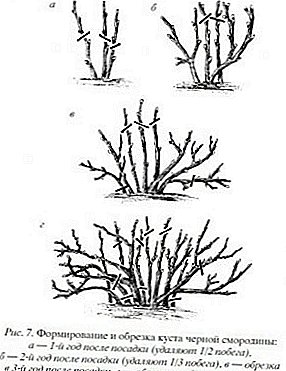 Cut the bush should be in early spring before the appearance of the kidneys, be sure to remove broken and damaged branches (for example, disease or tick).
Cut the bush should be in early spring before the appearance of the kidneys, be sure to remove broken and damaged branches (for example, disease or tick).
Trimming a bush, you give growth to young shoots and prevent the reproduction of pests.
To form a bush after planting, shoots should be cut off annually, leaving only 3-4 developed and correctly positioned.
Important! If the bush is developing poorly, you need to cut 2-3 skeletal branches - this will help develop the root shoots.
To form a bush finish for 5 years. If you did everything correctly, then it will have 10-15 skeletal branches with lateral ramifications.
Harvesting
The berries of black currant are harvested by hand, tearing each berry. It is necessary to collect them accurately, without injuring and without breaking branches.
Black currant berries are put in trays, box boxes or boxes - then they will not hesitate and do not let the juice. After picking the berries, the bushes should be poured abundantly and loosened the soil on the site.
Important! Do not forget to feed currant bushes. Fertilizers with trace elements will help to get a good harvest. This is best done from the beginning of spring. You can use bird droppings, urea, or mullein solution. Use complex fertilizers. Feed currants 1 time per week. After harvesting, feed the bushes with superphosphate (100 g around the bush), ashes (200 g around the bush), or organic top dressing.
Protection of black currant from frost
 Frosts are very dangerous for black currants. They can take away most or all of your harvest.
Frosts are very dangerous for black currants. They can take away most or all of your harvest.
In order to protect the bushes from early frosts, it is necessary to throw the bushes in the evening with water or put water in tanks near them. You can also cover the currant bushes with large packets of paper, cloth or special film.
Methods of breeding currants
Many gardeners whose black currant grows on a plot decide to propagate it on their own. It is easy to do, but you should remember about the possible infection by pests and diseases.
Be sure to breed black currants should choose the most healthy and fruitful bushes.
Cuttings
 If you decide to propagate currants by cuttings, remember that they can be planted from late April to early May, from September to October.
If you decide to propagate currants by cuttings, remember that they can be planted from late April to early May, from September to October.
Cut cuttings from annual shoots with a thickness of about 7 mm. The cut is made at an angle of 45 °. The length of the cutting is 20 cm. For the night, the cuttings should be placed in water and planted in the morning in the prepared soil. They are planted as ordinary seedlings, while abundantly watering.
Layering
Layers multiply currants in the spring. Healthy lateral growths are folded down, laid into the prepared grooves (depth 5-7 cm) and pinned with special brackets.
After that fall asleep layering ground. With the advent of shoots of 6-8 cm in length, they roll up to half the height. It is necessary to care for them as for usual saplings.
Dividing bush
When dividing a bush, it should be spring up high with earth with humus and monitor its humidity for the entire period until autumn.. In the autumn, the bush must be dug up, separated out the formed sockets with roots and planted separately. Do not forget about watering and fertilizing new bushes.
Did you know? You can not plant black currants near the bird cherry, hawthorn, buckthorn, fennel or hyssop. This can lead to pests infestation of bushes. Black currant and its neighbor should have a root system of the same depth so as not to interfere with each other. It is best to plant currants separately.
Useful properties of black currant
 Currants have been used as a medicinal plant for a very long time. The berries contain vitamins C, B, P, A, E, pectin, phosphoric acid, iron, essential oils.
Currants have been used as a medicinal plant for a very long time. The berries contain vitamins C, B, P, A, E, pectin, phosphoric acid, iron, essential oils.
The leaves contain sulfur, magnesium, phytocides, vitamin C. All these substances help in the treatment of inflammatory processes in the body, the fight against cancer and cardiovascular diseases.
Currant is useful with a cold. Currant decoction is recommended to drink with acute respiratory infections and influenza. Due to the large amount of vitamin C, black currant will help reduce the temperature and increase immunity.
Vitamin P increases the elasticity of blood vessels and prevents the development of atherosclerosis. Vitamin E helps cleanse and improve the liver and adrenal glands.
Black currant helps from pressure - it reduces it and helps keep it normal. B vitamins are beneficial for the brain, heart and nervous system.
Dangerous properties of black currant
 You can not eat black currants with thrombophlebitis due to the high content of vitamin K. Currants are contraindicated in gastritis, ulcers and poor blood clotting, hepatitis. Currant juice can not be used after a heart attack or stroke, as well as with thrombosis.
You can not eat black currants with thrombophlebitis due to the high content of vitamin K. Currants are contraindicated in gastritis, ulcers and poor blood clotting, hepatitis. Currant juice can not be used after a heart attack or stroke, as well as with thrombosis.
Pure juice can cause allergic reactions, so it can only be consumed diluted with water and in limited quantities.
During pregnancy, you should also abandon the excessive consumption of currants due to the content of vitamin C. You can use it, but not more than 5-6 berries per day.
Thus, if you decide to plant such a useful berry as black currant on your plot, you should take into account the rules of planting and caring for it. Be sure to fertilize and care for the bushes, even if they still do not bear fruit. This will be the key to a bountiful harvest in the future.


